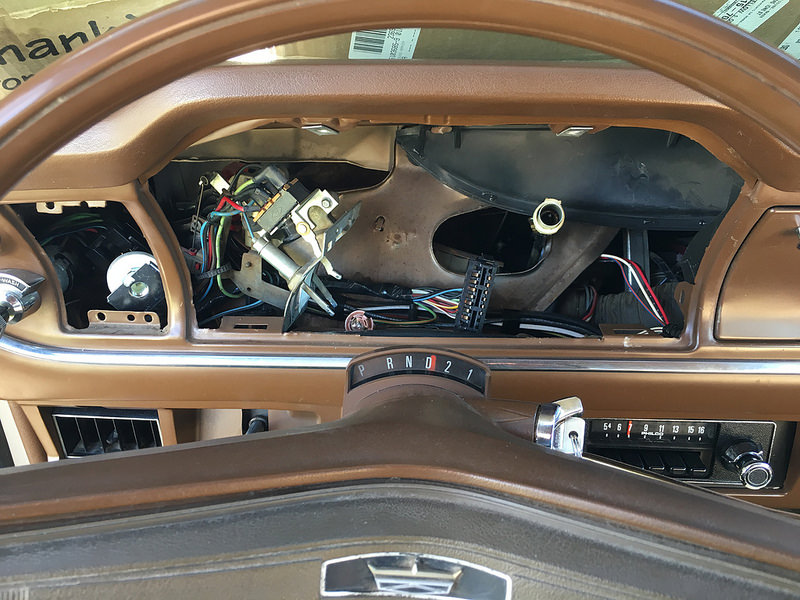|
Every organization needs a way to determine if they are successful. What is the best way to accomplish that? Traditional financial reporting may not be the best indicator. What else should be included and how should they be used?
Years ago I was part of a re-engineering effort that reduced our average order processing cycle time from 30 to 3 days. It was an exciting project and as part of the effort, we began to take a hard look at what we measured, why we measured it and how we measured it. The maxim adopted was “what gets measured gets done” and it was true. We had always reported on the number of transactions received and processed and we managed to the lowest possible cost per transaction, but we never measured the speed of our process. What good is it to process something really cheap if the customer can’t get it when they want it! While we were shocked at the initial findings it was not long before we discovered ways to improve the process. Over the course of a year, a complete transformation took place. We reduced both cycle time and total cost per transaction. Thrilled with the success we had experienced, we adopted a dashboard of measures that we monitored regularly. Our thought was that, like the dashboard in our cars, as long as the gauges point the right direction, all should be well. I decided to take that concept further and developed additional measures that would logically feed the primary dashboard. I finally had tight control of the process! Unfortunately it did not work. Invariably something would pop up to create a problem. The solution? You guessed it… create more controls! So the dashboard began to grow until I finally had literally hundreds of metrics in place dedicated to control every conceivable issue. Since many of these measures could not be reported on through a system query, we had manual tally sheets, surveys and stand alone databases created to capture the information. Even though I had invested hundreds of hours to establish this “bomb proof” system, I was not satisfied. No matter how hard I tried, my measures based system fell short of being ideal. Instead of realizing continued improvement and innovation, the staff became stifled by the quagmire of reports. Several years later my family started a whitewater rafting company offering tours on the Arkansas River. Safety was obviously a big concern and so I went to great lengths and spent quite a bit of money to ensure that all of our equipment and vehicles were in excellent shape before launching our first trip each year. About midway through one season my wife informed me that our shuttle van was having problems. She guessed that it was the transmission. We immediately took it into the shop to have it examined. Thankfully the shop told us that it was not the transmission and that all we needed was a simple adjustment. However, as they got into the engine they noticed a few metal shavings which led to further investigation and ultimately to the conclusion that indeed my wife had been right. The transmission was the problem, in fact, it needed to be replaced. Rats! How could this be? The transmission had just been replaced two seasons earlier by the previous owner. It had scarcely been used for two years. What about the preseason inspection? I don’t remember seeing one light go off on the dashboard. There was no warning except what my wife heard and felt as she drove the vehicle. As I was thinking about how expensive this was going to be and what I could have done to prevent this, the awful thought occurred to me, Dashboards Are Useless! My dashboards, whether in the vehicle or at work simply did not deliver the results that I expected. Had we waited for dashboard indicator lights to go off before taking action we would have undoubtedly been stranded along Highway 50 with a van full of frustrated customers. Thankfully, my wife took active steps to resolve the problem. This experience has caused me to take a step back and reconsider my approach. As I have pondered the dashboard concept I have come to the following conclusions. 1. Dashboards are useless: If they don’t measure the right thing. The primary purpose of an automobile is to provide transportation. One of the essential ingredients to successfully accomplish that objective is gasoline. It would be absurd for a car manufacturer to engineer a diagnostic to capture transmission problems and then omit a simple gas gauge. What is your primary purpose or the reason for your organization's existence? What are the objectives that you have established to accomplish that purpose? Design your measures and dashboard around those objectives. 2. Dashboards are useless: When any single gauge is used exclusively. While a gas gauge is helpful, if it were the only gauge ever used, you would experience problems. The same thing is true in organizations. At one point our inventory department was measured exclusively on the number of turns they accomplished. They were successful in increasing turns by decreasing the inventory on hand. Unfortunately customer service suffered, back-orders increased, staffing requirements increased in the warehouse and accounts payable. A single gauge does not capture all the dynamics that contribute to it. Furthermore if each department were to use a single gauge they could all appear to have excellent performance and yet the customer might be very dissatisfied. 3. Dashboards are useless: If the gauges don’t work properly (inaccurate) Nothing is more annoying than gauges that don’t work. Our family mini-van’s dashboard occasionally goes berserk with every single light turning on for about 3 seconds and then turning off. We have taken it to the shop 4-5 times and they have tried everything they can think of to fix this problem, to no avail. The mechanics tell us everything else is fine and we haven’t experienced any other problems so now we just try to ignore it. If organizational metrics are not accurate, and if people do not trust them, then they will be ignored. But what can be dangerous are the generally accepted reports that are not accurate but get used to make decisions every day. 4. Dashboards are useless: If you ignore them. When my brother was a teenager he borrowed a car from my dad. On the way to a special event the oil light came on. He kept driving. Within an hour the engine light went on. He kept driving. A few minutes later smoke started coming out of the engine. He kept driving. Eventually the engine burned out and the car came to a stop. He couldn’t understand why he wasn’t still driving. Needless to say, my dad was not pleased with the event. “Why didn’t you pull over when the light came on?” My brother responded, “I didn’t think it could be that bad, after all I know how well you take care of your vehicles. What could possibly be wrong with it?” Rarely do organizations find themselves in serious trouble overnight. The indicators are usually there months if not years in advance. Often times a department will act like my brother, assuming that it’s not that bad, or that someone else will take care of it. Don’t create measures if you aren’t going to use them! It may not be comfortable dealing with negative indicators along the way but it certainly beats losing your job, or going out of business. 5. Dashboards are useless: If they are expected to be the end all in performance management. I don’t expect my cars dashboard to tell me absolutely everything I need to know to keep it in good condition. I can see when the windshield wiper needs to be replaced. I can hear when the engine needs a tune up. I can feel when the alignment needs to be adjusted. I can smell if the brakes are getting too hot. For a vehicle to operate smoothly it requires a combination of regular maintenance, response to dashboard indicators and response to other problems that are sensed. Conclusion: Company dashboards are only one component of assessing overall performance. The role of the manager is strategic because they handle the day to day operations. Given clear direction they can sense things and make adjustments long before they show up on the dashboard. Good managers are unsung heroes, because much of what they do goes unnoticed, like cost avoidance, employee development and proactive planning. They constantly make changes to keep the gauges steady. On the other hand poor managers wait until the crisis occurs and then claim a great victory after they fix it. In summation, organizations need to define their purpose and set specific objectives. Don’t throw out the measures, but avoid the five pitfalls described above. In addition, include regular organizational tune ups, and most importantly hire competent managers who will instinctively make the right decisions at the right time.
1 Comment
|
AuthorDwight Grant is a seasoned businessman with over 30 years of leadership experience. He lives in CO where he enjoys whitewater rafting, mountain biking and spending time with family. Archives
May 2022
Categories
All
|
ServicesIncrease Profit
Team Dev. (6 types of working genius) Work/Life Objectives Consulcoaching WEBINARS 6 Keys to Business Success Plan Best Year Yet 5 Golden Nuggets of Fundraising 5 Nuggets Handout |
Company |
|


 RSS Feed
RSS Feed